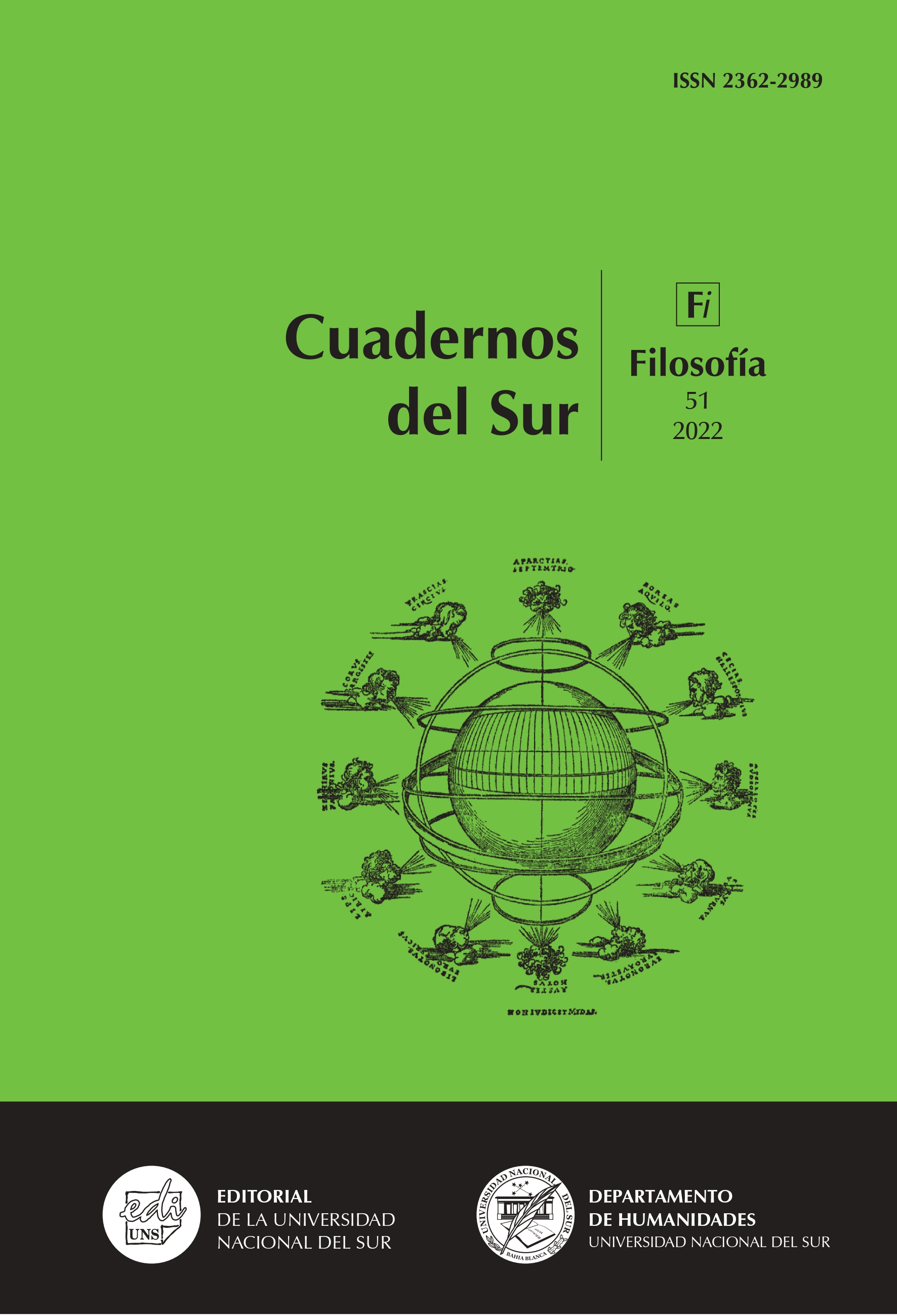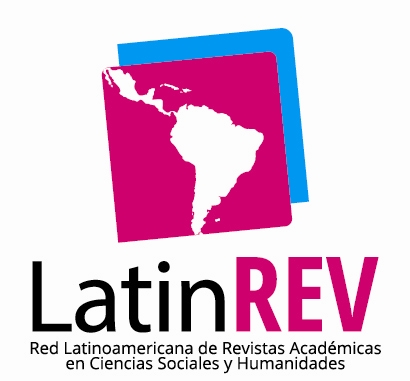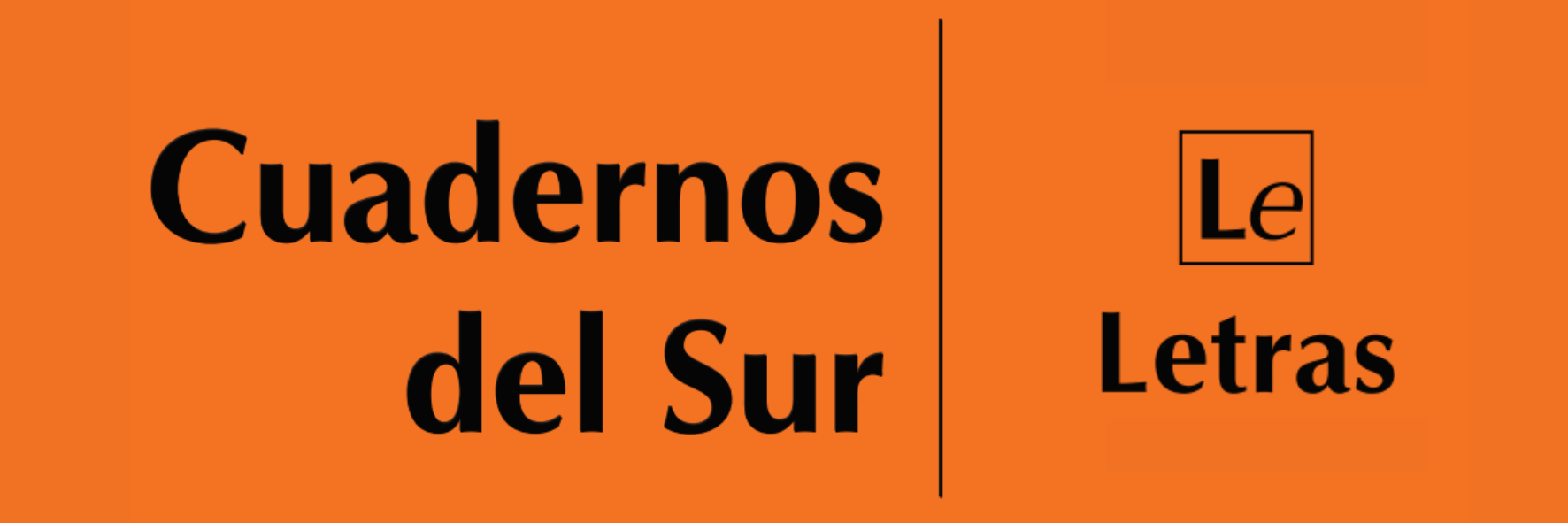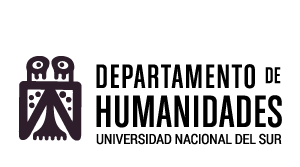Naves y computadoras en la conquista del espacio exterior y simulado, de los V-2 a Galaxian y Galaga
Keywords:
spaceships, computers, spaceAbstract
It is possible, considering the history of certain significant technologies, such as the first auto-guided missiles and the first videogames, to propose that exploration of outer space through spaceships and exploration of simulated space through computers are inseparable phenomena. Since both spaces are in certain sense alien to human life, we will analyze which are the effects of the use of these technologies.
Downloads
References
Arendt, Hannah (1958), The human condition, Chicago, The University of Chicago Press.
Ballard, James (1996), A user’s guide to the millennium, Nueva York, Picador.
Benj, Edwards (2011), “Computer space and the dawn of the arcade video game,” Technologizer, [disponible en https://www.technologizer.com/2011/12/11/computer-space-and-the-dawn-of-thearcade-video-game].
Beresñak, Fernando (2017), El imperio científico. Investigaciones político-espaciales, Buenos Aires, Miño y Dávila.
Borges, Jorge Luis (1997), El hacedor, Buenos Aires, Emecé.
Bradbury, Ray (1997), The Martian chronicles, Nueva York, Avon.
Brand, Stewart (1972), “Spacewar: Fantastic life and symbolic death among computer bums”, Rolling Stone, n° 123, pp. 50-58.
Ceruzzi, Paul (2003), A history of modern computing, Cambridge, Massachusetts Institute of Technology.
Copeland, Brian Jack (2013), Turing: Pioneer of the information age, Oxford, Oxford University Press.
Deleuze, Gilles (1989), Lógica del sentido, Barcelona, Paidós.
Dornberger, Walter (1979), V-2, Nueva York, Bantam Books.
Epicuro (2002), “Carta a Heródoto”, en García Gual, Carlos, Epicuro, Madrid, Alianza, pp. 95-114.
Goldstine, Herman (1993), The computer, from Pascal to von Neumann, Princenton, Princenton University Press.
Goodavage, Joseph (1972), “Spacewar! A computer game today, reality tomorrow?”, Saga, vol. 44, n° 8, pp. 34-37, 92-94.
Graetz, J. M. (1981), “The origin of Spacewar”, Creative Computing, vol. 7, n° 8, pp. 56-67.
Herz, J. C. (1997), Joystick nation. How videogames ate our quarters, won our hearts, and rewired our minds, Boston, Little Brown and Company.
Kuse, Konrad (1993), The computer - my life, Nueva York, Springer-Verlag.
Lucrecio (1998), De la naturaleza de las cosas, Barcelona, Altaya.
Magnavacca, Silvia (2014), Léxico técnico de filosofía medieval, Buenos Aires, Miño y Dávila.
Monnens, Devin y Goldberg, Martin (2015), “Space oddyssey: The long journey of Spacewar! from MIT to computer labs around the world”, Kinephanos, Cultural History of Video Games Special Issue, pp. 124-147.
Neufeld, Michael (1995), The rocket and the reich. Peenemünde and the coming of the ballistic missile era, Nueva York, Free Press.
Platón (1988a), Diálogos IV, Madrid, Gredos.
----- (1988b), Diálogos V, Madrid, Gredos.
----- (1997), Diálogos VI, Madrid, Gredos.
Raimondi, Sergio (2022), Lexikón, Buernos Aires, Mansalva.
Saïd, Suzane (1987), “Deux noms de l’image en grec ancien: idole et icône”, Comptes rendus des séances de l’Académie des Inscriptions et Belles-Lettres, n° 2, pp. 309-330.
Schmitt, Carl (1966), Teoría del partisano, Madrid, Instituto de Estudios Políticos.
----- (2009), El concepto de lo político, Madrid, Alianza.
Smith, Alexander (2020), They create worlds. The story of the people and companies that shaped the video game industry. Vol. I: 1971-1982, Boca Raton, CRC Press.
Tomayko, James (1985), “Helmut Hoelzer’s fully electronic analog computer”, Annals of the History of Computing, vol. 7, n° 3, pp. 227-240.
Turing, Alan (1937), “On computable numbers, with an application to the Entscheidungsproblem”, Proceedings of the London Mathematical Society, vol. 42, n° 1, pp. 230-265.
----- (2004), The essential Turing: Seminal writings in computing, logic, philosophy, artificial intelligence, and artificial life, plus the secrets of enigma, Oxford, Clarendon Press.
Von Neumann, John (1945), First draft of a report on the EDVAC, Pennsylvania, Moore School of Electrical Engineering.
----- (1966), Theory of self-reproducing automata, Illinois, University of Illinois Press.
How to Cite
Issue
Section
License
Copyright (c) 2023 Rodrigo Oscar Ottonello

This work is licensed under a Creative Commons Attribution-NonCommercial 4.0 International License.
Aquellos autores/as que tengan publicaciones con esta revista, aceptan los términos siguientes:- Los autores/as conservarán sus derechos de autor y garantizarán a la revista el derecho de primera publicación de su obra, el cuál estará simultáneamente sujeto a la licencia Atribución-No Comercial 4.0 Internacional CC BY-NC 4.0.
- Los autores/as podrán adoptar otros acuerdos de licencia no exclusiva de distribución de la versión de la obra publicada (p. ej.: depositarla en un archivo telemático institucional o publicarla en un volumen monográfico) siempre que se indique la publicación inicial en esta revista.
- Se permite y recomienda a los autores/as difundir su obra a través de Internet (p. ej.: en archivos telemáticos institucionales o en su página web) una vez publicado su trabajo, lo cual puede producir intercambios interesantes y aumentar las citas de la obra publicada. (Véase El efecto del acceso abierto).










